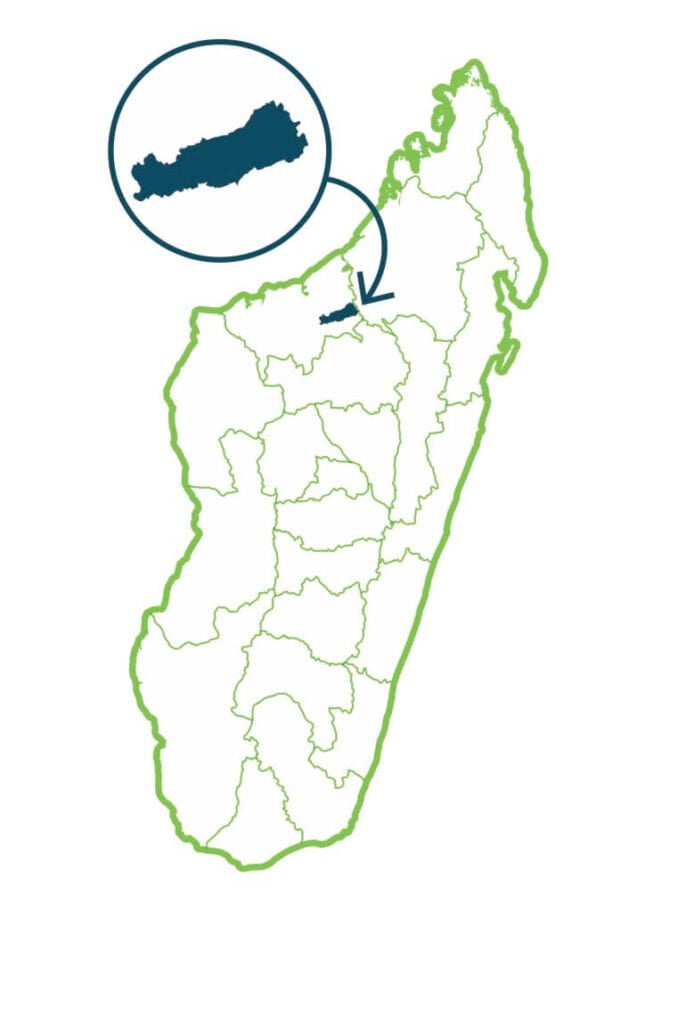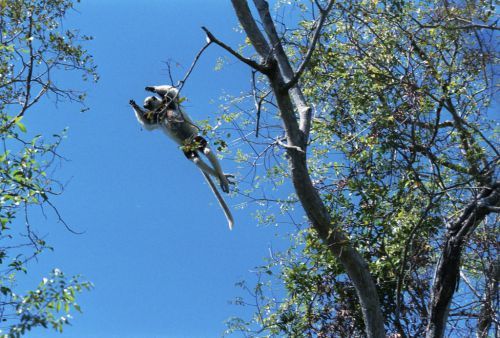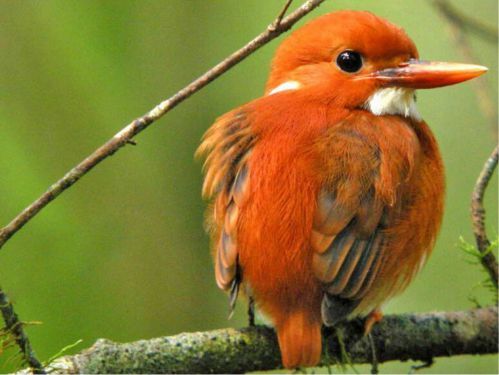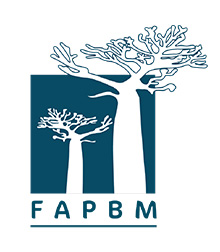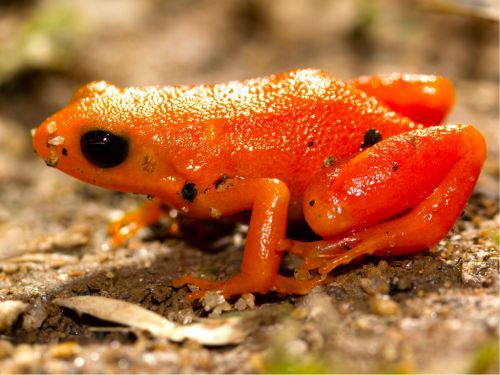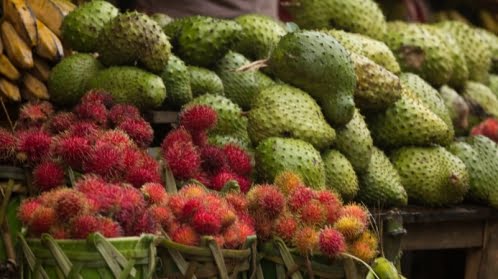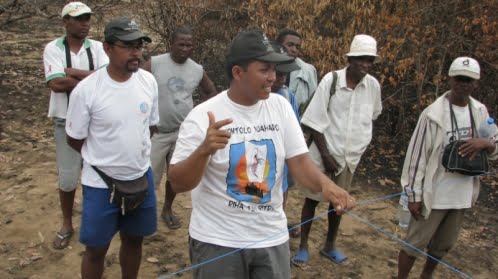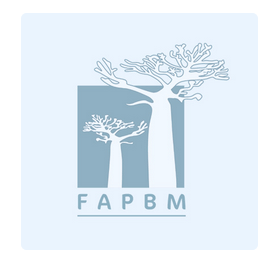Flagship Species
The Ankarafantsika National Park is home to three types of ecosystems: dense dry forests, tree savannahs and lake environments.
It is indeed known for its lakes which are refuges of the Haliaeetus vociferoides (Malagasy sea eagle).
Lemurs are represented by 8 species, of which the Propithecus coquereli and the Eulemur mongoz.
There are more than 520 species of woody plants, of which 6 are local endemic.
